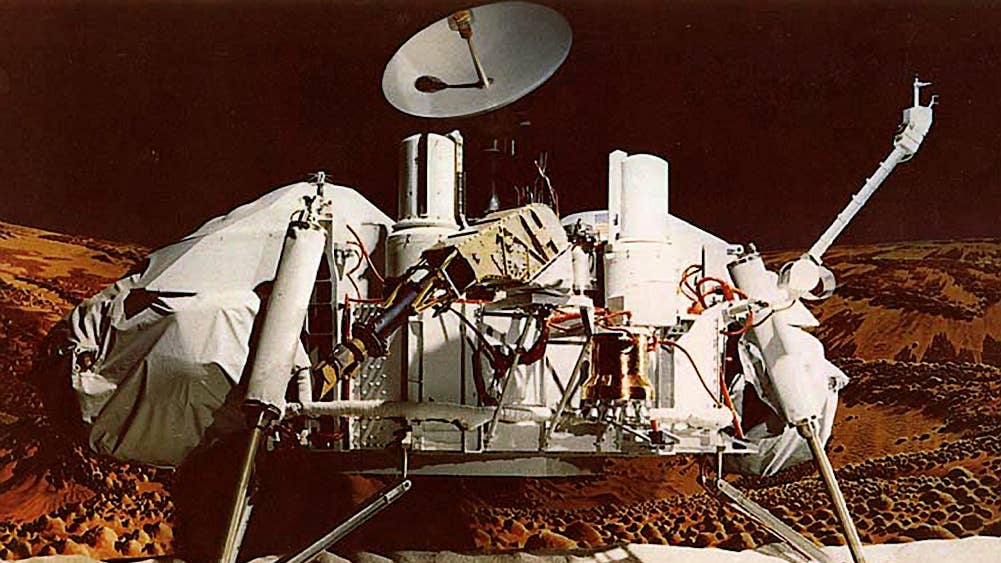Nearly five decades ago, NASA’s Viking landers embarked on a mission to Mars, marking a pivotal moment in our exploration of the Red Planet. Recent analyses suggest that these landers, which were tasked with searching for signs of life, may have inadvertently exterminated Martian life forms due to the methodologies employed during their experiments.
The Viking mission’s primary tools included a series of complex experiments designed to detect organic molecules and signs of biological activity. Notably, the Gas Chromatograph Mass Spectrometer (GCMS) aimed to analyze soil and atmospheric samples for organic molecules. Surprisingly, it found none, which led researchers to conclude that Mars was barren, at least by Earth-life standards.
However, this conclusion has been called into question by subsequent discoveries and reevaluations of the original Viking data. A critical factor in the reconsideration of the Viking findings is the presence of perchlorates in Martian soil, a compound that wasn’t discovered until the Phoenix lander mission in 2007. Perchlorates could have decomposed any organic molecules during the high-temperature processes used in the Viking experiments, thus leading scientists to believe Mars did not host life.
Dirk Schulze-Makuch, an astrobiologist, proposes that the Viking experiments may have been too aggressive for the potentially delicate Martian environment. Drawing parallels to Earth’s own extreme habitats, such as the Atacama Desert, he suggests that any Martian life might resemble Earth’s extremophiles, which thrive in minimal moisture and could be destroyed by the abundant water used in the Viking experiments.
Schulze-Makuch’s theory is further supported by the Labeled Release (LR) experiment from the Viking mission, which showed initial positive results for metabolic activity—results that were dismissed because they contradicted the lack of organic molecules detected by the GCMS. The LR experiment detected radioactive gas emissions after feeding Martian soil a nutrient solution, which could indicate microbial respiration.
This ongoing debate underscores the complexities of searching for life on Mars and suggests that our strategies might need reevaluation. The Viking missions provided invaluable data, but also a cautionary tale about the assumptions and methodologies we use in the search for extraterrestrial life.
Explore more about this intriguing topic and the continuing quest to understand Mars at The Brighter Side of News.
